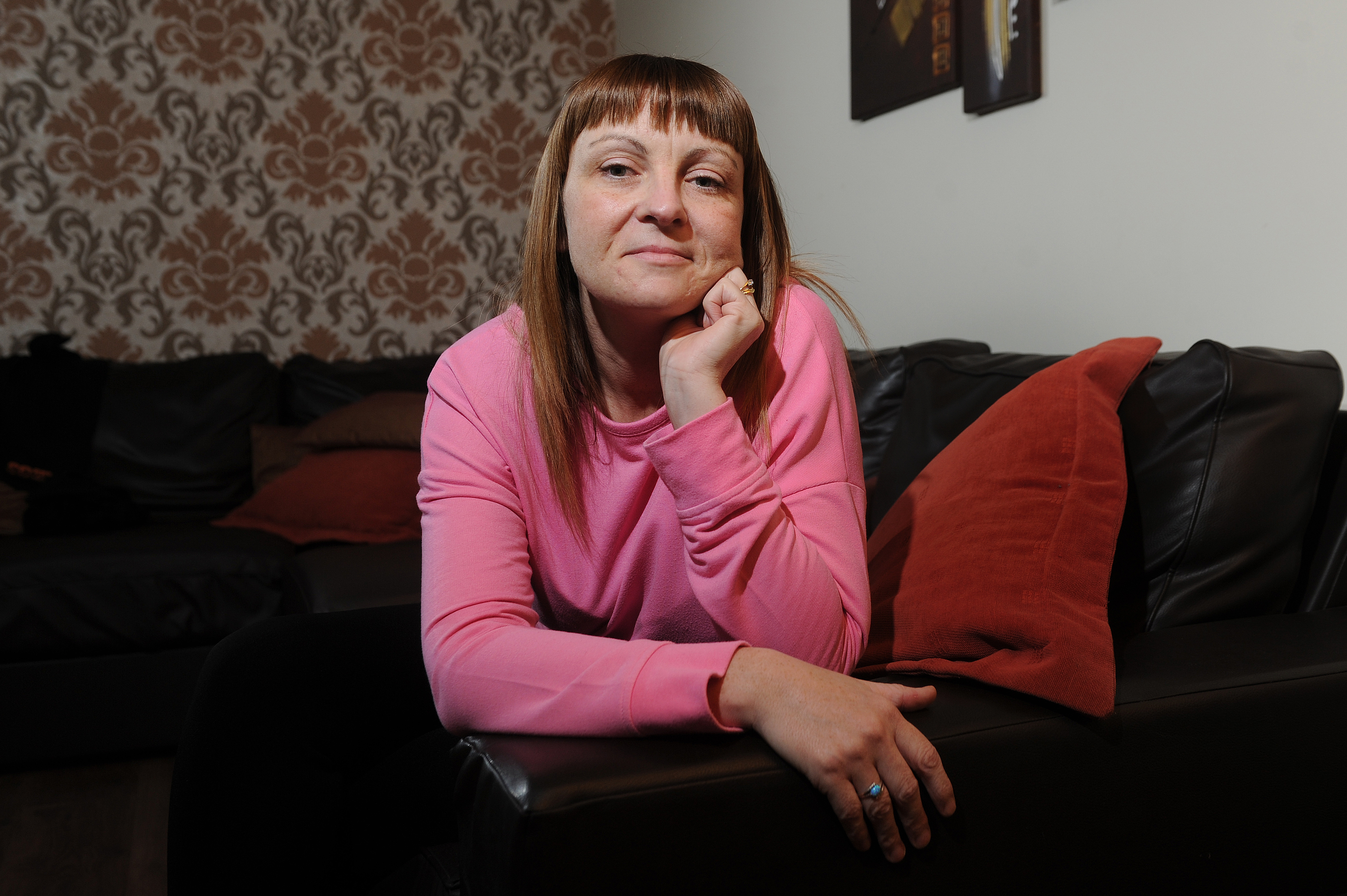A heartbroken mum whose daughter died after being scalded by a cup of tea is warning others to beware the signs of sepsis.
Alana Lynch, 16, fell gravely ill after a burn became infected just weeks before Christmas.
Her mum Kim described the circumstances that led to her daughter’s death, eight days after she was first admitted to hospital.
And Kim is warning others to look out for the symptoms as new figures revealed dozens of people are dying of sepsis in Tayside every year.
She said: “I would never have imagined that accidentally spilling a cup of tea on her legs would have resulted in the death of my beautiful, healthy 16-year-old daughter eight days later.
“I would encourage everyone to be aware of sepsis and more should be done to highlight the signs and symptoms and how important it is for sepsis to be detected and treated immediately before other families suffer a loss like we have and are left with nothing but questions.”
Alana was first admitted to Ninewells on December 6 after spilling a cup of boiling water over her legs while making a cup of tea.
Kim said there had been no indication of the deadly condition until five days after the accident.
Her wounds were dressed and she was sent home with paracetamol for the pain, with doctors telling her to get in touch if any other issues arose.
However, her condition deteriorated rapidly and she was taken into intensive care where, Kim said, about 10 to 15 doctors and nurses worked with her continuously to try to stabilise her.
What is sepsis?
Sepsis is the body’s over-reaction to an infection or injury which causes the immune system to attack its own organs and tissues.
If it is not caught quickly, it can lead to organ failure, amputation and death within just 24 hours.
Sepsis can be triggered by even the most minor infections and injuries, and some of the most common causes of sepsis in both adults and children are from urinary tract infections, infected cuts or bites, a wound from trauma or recent surgery, and chest infections.
Last year 159 people died after developing the condition, including 26 people where sepsis was recorded as the primary cause of death.
Between 2015 and 2019, 690 people died after developing the condition.
And between January and October 2020, 177 patients were admitted to A&E with suspected sepsis and a further 583 inpatients who were treated for sepsis were discharged from hospital.
How to spot the signs and symptoms of sepsis
NHS Tayside said the signs of sepsis to look out for include slurred speech or confusion, extreme shivering, muscle pain or fever, passing no urine all day, severe breathlessness, having mottled or discoloured skin, and feeling like you are going to die.
In children, the most common symptoms are very fast breathing, having a seizure or a fit, having mottled, pale or slightly blue skin, having a rash that does not fade when you press it, feeling very lethargic or being difficult to wake, and being abnormally cold to touch.
In under-fives they may also not be feeding, be vomiting repeatedly, or not passing urine for 12 hours.
NHS Tayside says it has been working hard to make sure more people, including clinical members of staff, are more aware of what sepsis is and how to spot it.
A spokeswoman for the health board said: “Sepsis is a life-threatening condition that can occur in response to an infection.
“Early symptoms include fever and chills, an elevated heart rate and breathing faster than normal.
“As sepsis progresses blood pressure falls and organs are at risk of failure.
“Early recognition is therefore vital.
“NHS Tayside has undertaken a range of improvement work over the past few years to improve early recognition and the signs of sepsis in patients when they are admitted to hospital.
“This includes workshops for junior doctors, clinical working groups and applying the ‘one hour sepsis’ bundle of medical therapies.
“This improvement work has led to an increase in the number of cases being identified as sepsis as awareness of the condition and its symptoms grows.”
NHS Tayside was approached for further comment in relation to the review into Alana’s death.
Leading UK sepsis charity says up to 320 people in Tayside will die every year
UK Sepsis Trust, a leading UK charity focused on raising awareness of the condition and training medical professionals to deal with it, says up to 320 people in Tayside will die from sepsis every single year.
Dr Ron Daniels, the CEO and founder of UK Sepsis Trust, said: “It’s difficult to compare directly numbers year-on-year in coded data due to changes in clinical coding practice and in international definitions of sepsis.
“For a population the size of Tayside’s we’d expect to see between 800 and 1,600 cases of sepsis each year, with 160 to 320 sadly dying.
“These data appear to highlight the shortcomings of hospital administrative data in accurately recording the scale of the issue – but reinforce nonetheless that sepsis is a major cause of hospital admission and death.”

